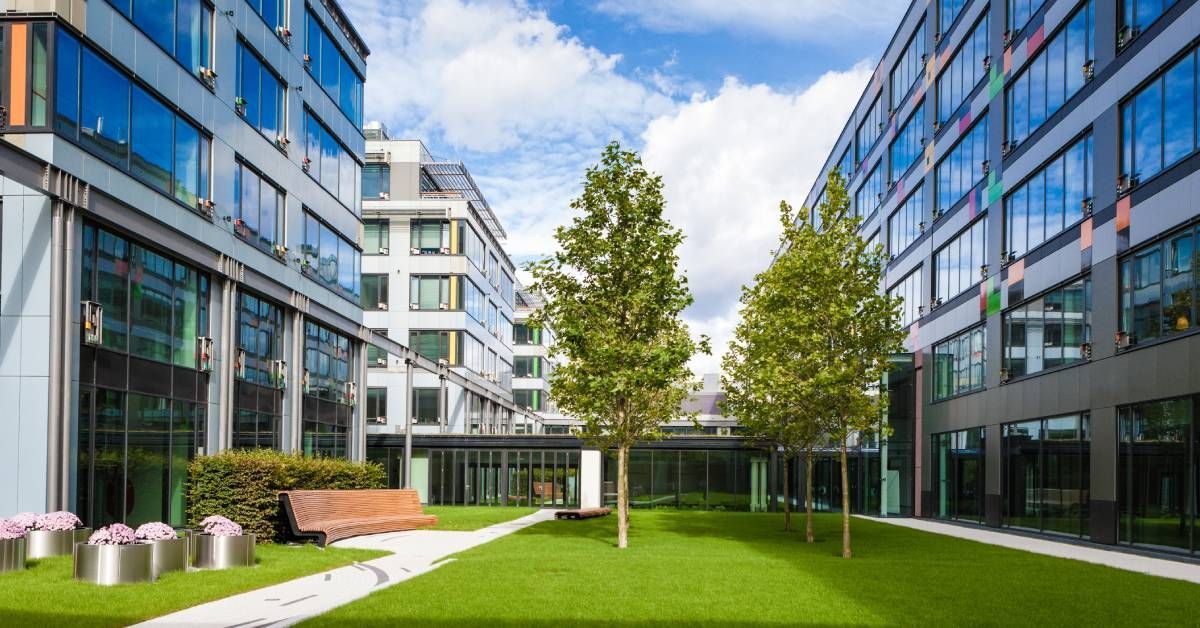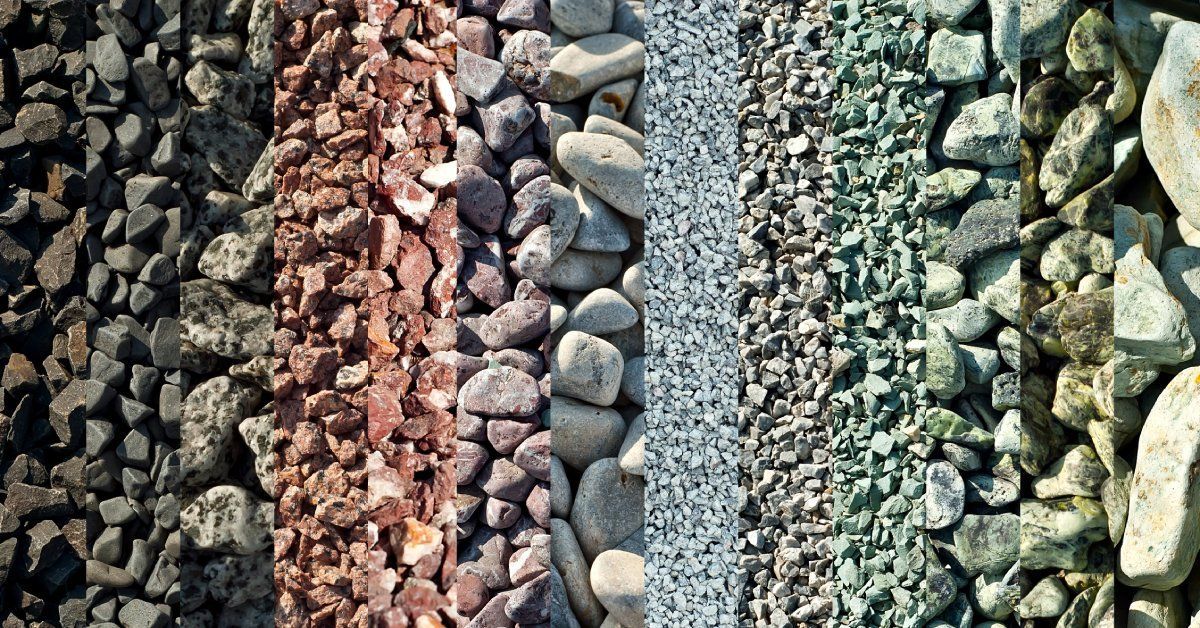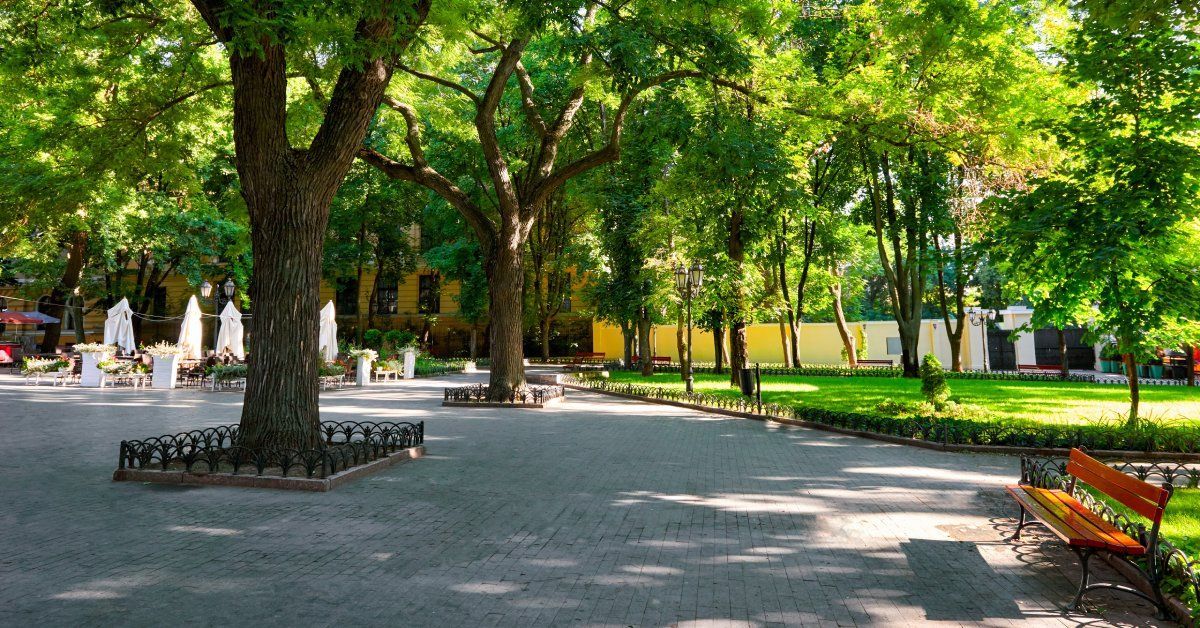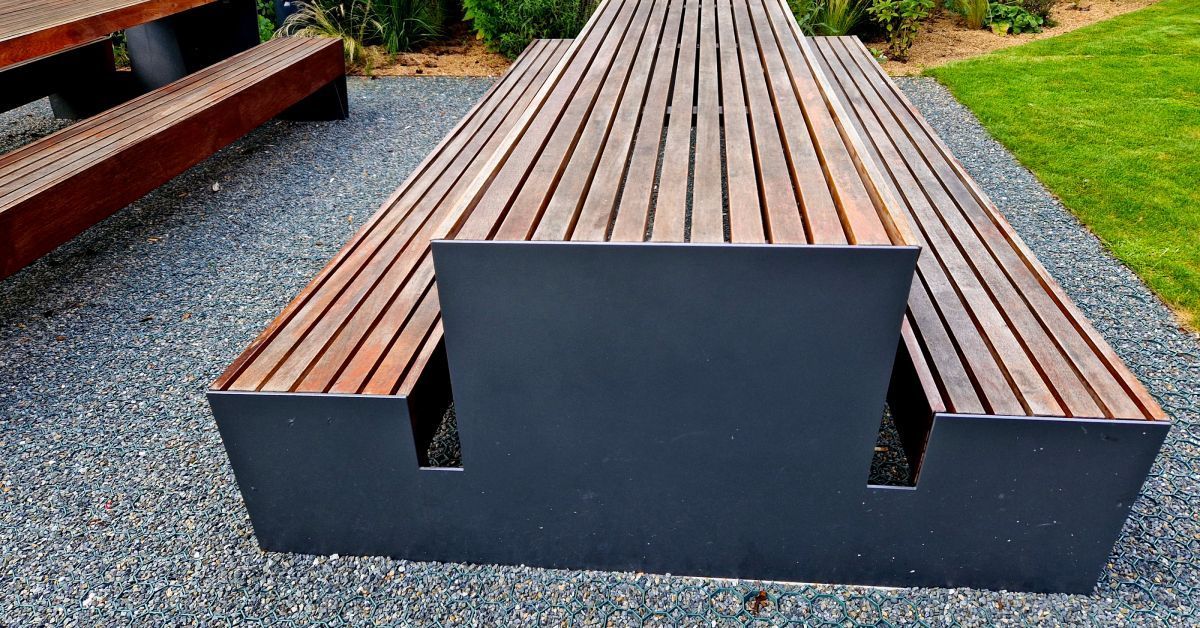Understanding the Science Behind Permeable Resin Paving
Permeable paving solutions are a fantastic and sustainable solution for any municipality’s paving needs, but not many people fully understand how permeable resin paving works and the benefits it can provide to an urban environment. To help you understand how these materials can benefit your city or town, continue reading this guide to better understand the science behind permeable resin paving.
Resin Bound Aggregate
Resin-bound paving features a smooth surface and is made from a blend of aggregates] that have been coated with a clear polyurethane resin. Polyurethane resin is more commonly used in wood or floor coatings or as a sealer to improve water and chemical resistance. It also helps the material become tougher and more resistant to wear and tear. The same is applied to the aggregate to ensure it remains in good condition as it endures the weather.
To ensure the resin fully coats the aggregate, the two are combined through a force-action mix that forms a cold-pour mixture. This makes the paving process much easier, as it can then be simply poured out into the desired areas. After being poured, the aggregate is hand-troweled to form a smooth and consistently colored surface.
Permeable Pavers
Resin-bound permeable pavers are blocks that aren’t permeable themselves but are constructed to provide enough space that water can flow between the blocks. This allows the surface to easily drain rainwater while maintaining a pleasing and luxurious appearance that aggregate would not be able to provide. Underneath the pavers is a reservoir that collects the water and safely returns it to the soil.
Reducing Pollutants
There are two major elements to understanding the science behind permeable resin paving and how it benefits the environment. First, permeable pavement is made from recycled materials to create more sustainable practices. Second, by allowing excess water to drain anywhere on the pavement rather than being directed toward a runoff or drain, the water doesn’t pick up pollutants on the street that could harm the environment. Instead, the water is safely restored to the soil and nurtures a healthier environment even in urban landscapes.










